Categories
- animatronics (12)
- apple (11)
- arduino (179)
- art (41)
- articles (121)
- artificial intelligence (11)
- automation (421)
- avr (205)
- bitcoin (3)
- breadboard (9)
- cameras (57)
- cars (26)
- cell phones (28)
- clothing mods (21)
- console mods (26)
- dangerous (94)
- desktop mods (24)
- embedded (5)
- flying things (54)
- fpga (22)
- gaming creations (108)
- interface (225)
- internet (17)
- laptop mods (6)
- lasers (22)
- linux (7)
- magnetic (3)
- medical (12)
- microcontrollers (51)
- misc projects (152)
- msp (12)
- music (124)
- pic (90)
- projects (23)
- pyroedu (76)
- raspberry pi (26)
- robots (312)
- security (36)
- sensors (307)
- software (200)
- solar (19)
- stamp (9)
- tools (149)
- tutorials (98)
- Uncategorized (45)
- usb (44)
- wireless (256)
Sponsors

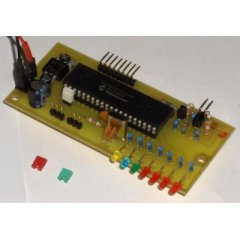
Posted May 1, 2013 by Chris
“This device acts as interface between your microcontroller project and a GSM phone. It handles all modem data communication between the GSM phone and your micro-project. The best thing is that it decodes PDU into TEXT on the fly!”
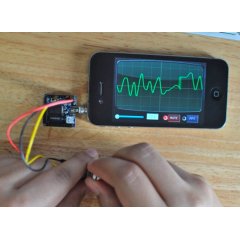
Posted January 2, 2013 by Chris
“HiJack is a hardware/software platform for creating cubic-inch sensor peripherals for the mobile phone. HiJack devices harvest power and use bandwidth from the mobile phone’s headset interface. The HiJack platform enables a new class of small and cheap phone-centric sensor peripherals that support plug-and-play operation.”
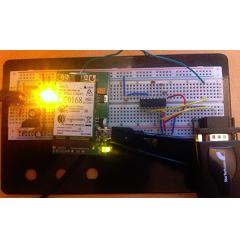
Posted October 13, 2012 by Chris
“A few months ago I took an interest in the layer 2/3 protocols for mobile networks. I quickly arrived at SIM card hacking and like a young schoolboy thought, ‘man if only I could MitM the hardware communication I could spoof other’s SIM cards and use free Internet!’ Nope. Well, not nope, but it’s not that easy.”
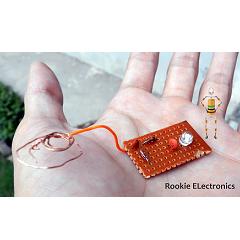
Posted July 24, 2012 by Chris
“This is my favourite project, its too simple and very interesting because it does not require any voltage source 😀 it converts RF frequency waves from cell phone (whenever you call or send a text) to little current to flash a LED.”
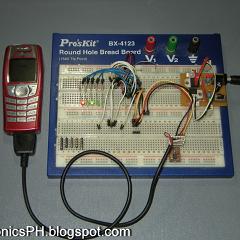
Posted April 6, 2012 by Chris
“This is an SMS controller using a PIC16F688. Why a PIC16F688? Well for one, I have this in my parts bin and second of all, it is like an LF series part number operating from 2.0V up to 5.5V. I am using this on a Nokia mobile phone where the voltage level is around 2.7V. But it can also be used directly on GSM modems. This SMS controller utilizes textmode AT commands as the communication protocol.”

Posted September 20, 2011 by Chris
This article presents a method for using GSM basics to find out your current location. A PHP script included in the article lets you input your cell phone’s details and then passes it to google maps to find out your location. Granted many phones already have GPS in them, location triangulation from GSM towers is also very useful.
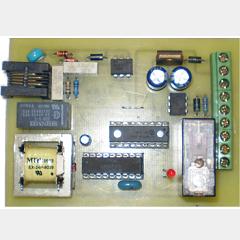
Posted July 1, 2011 by Chris
If you’re looking to figure how phone lines work and how to interface with them, this article should help you on your way. The article explains how to make a device that you can ‘call into’ and control using normal telephone lines. No hardware schematic is included but you can get a general feeling for the design and what is going on by the details included in the article.
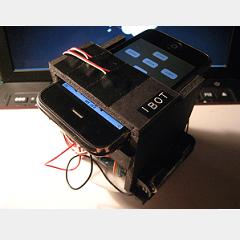
Posted May 6, 2011 by Chris
Although there seems little practicality for putting a $500 iPhone on a robot, the novelty seems to be alluring enough. This project uses a jailbroken iphone to send commands to a microcontroller, telling the robot to move in different directions. Don’t miss the action video.

Posted January 2, 2011 by Chris
Here’s a very low tech way to make an awesome robot mask with an iphone. Using the iphone app ‘mouth off’ for a mouth that moves with what you’re speaking into it, this project write-up goes through step-by-step how to build and use the mask.

Posted January 1, 2011 by Chris
Using a novel gesture-based improvisation and motor control system, the robot listens to the human play and tries to match its beat, sync, and themes. It uses choreographic gestures to generate both motion and sound. Take a look!






